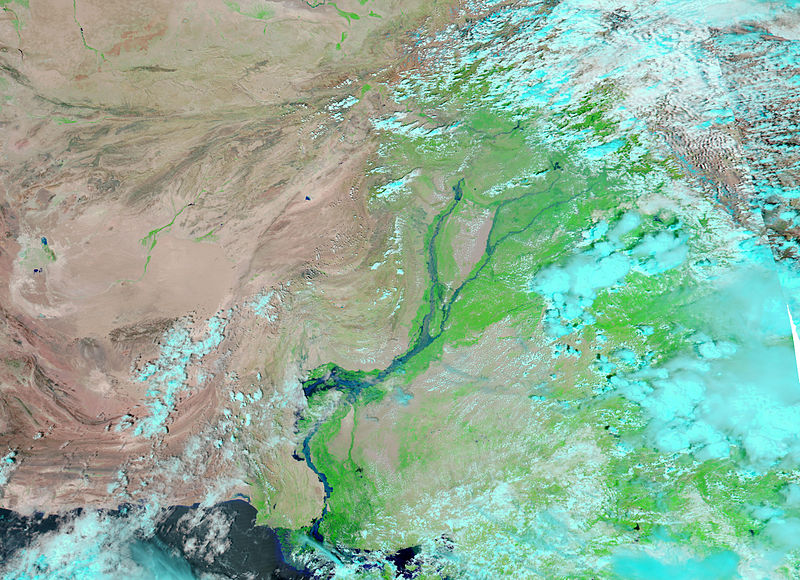File:Pakistan 2010 Floods.jpg
Appearance

Size of this preview: 800 × 580 pixels. Other resolutions: 320 × 232 pixels | 640 × 464 pixels | 1,024 × 742 pixels | 1,280 × 928 pixels | 2,560 × 1,855 pixels | 8,484 × 6,148 pixels.
Original file (8,484 × 6,148 pixels, file size: 8.59 MB, MIME type: image/jpeg)
File history
Click on a date/time to view the file as it appeared at that time.
| Date/Time | Thumbnail | Dimensions | User | Comment | |
|---|---|---|---|---|---|
| current | 13:01, 7 September 2010 |  | 8,484 × 6,148 (8.59 MB) | Anirudh Emani | {{Information |Description=In central and southern Pakistan, the Indus River flows through the provinces of Punjab and Sindh, barely missing Balochistan Province in the country’s southwest. Although the Indus River misses Balochistan, floodwaters from t |
File usage
The following 3 pages use this file:
Global file usage
The following other wikis use this file:
- Usage on ar.wiki.x.io
- Usage on el.wiki.x.io
- Usage on et.wiki.x.io
- Usage on he.wiki.x.io
- Usage on id.wiki.x.io
- Usage on ms.wiki.x.io
- Usage on th.wiki.x.io
- Usage on www.wikidata.org

